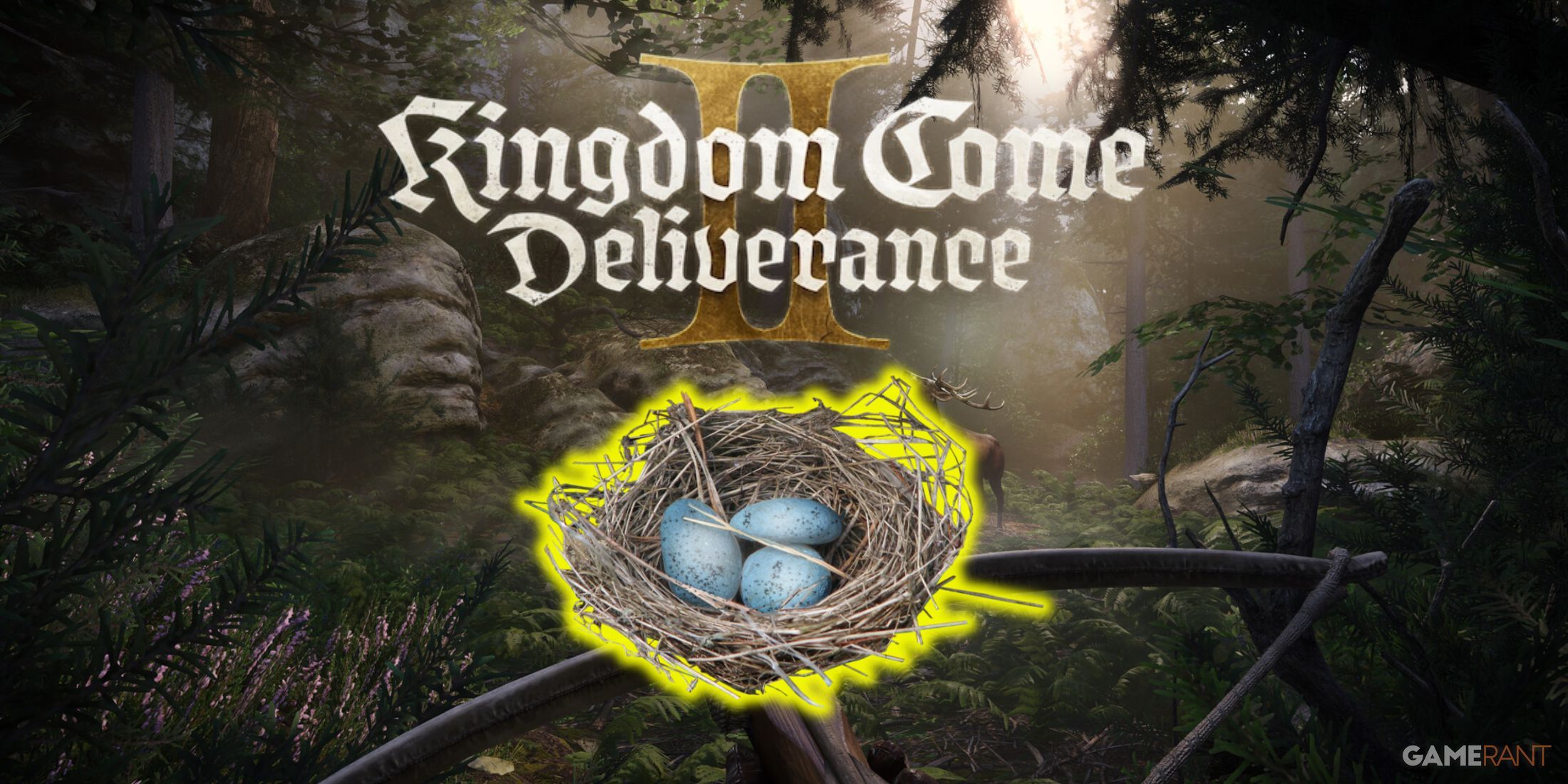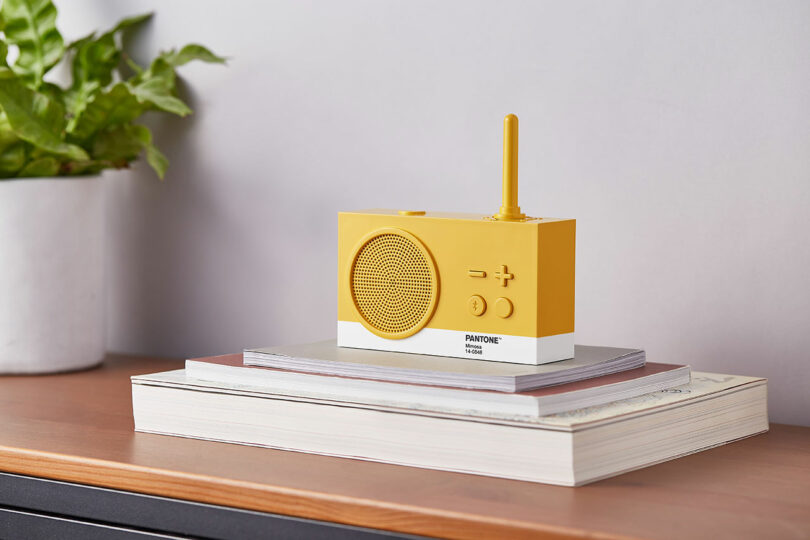lifehacker.com
February is cold, wet, windy and downright inhospitable to outdoor gardeningbut you know you are mere weeks from the start of spring. The irises and crocuses are beginning to emerge. Like most gardeners, this fills me with both excitement and anxiety with a capital Aam I already behind? Youre not, because February is the time to catch up. So in this, the shortest of months, you have not one, but two jobs: Wrap up all the things youve not yet accomplished for winter, while preparing for spring. By the time we talk next month, well be deep in seeding season.Get your fruit readyWere at the tail end of the work thatll determine what kind of fruit harvest youll have. Start by pruning any fruit trees and shrubs you havent gotten to yet. This includes blueberries, currants, huckleberries, winterberries, and all other berry shrubsit is officially last call for this. Prune and train your grapes, and prune back your fall-bearing raspberries. Check with your garden center to see if its time to prune summer-bearing raspberries and other cane fruit. If youre planting fruit trees or shrubs this year, the window is now open. Its also the right time to relocate any trees or shrubs that might do better elsewhere. You can start planting rhubarb, too.Once youre done with the structural work above, its time to think about fertilizing all that fruit. Your garden center can help you with fertilizer specifically for fruit trees, vines, and the special acidic fertilizer that blueberries love.I urge you to start considering strawberries. These early fruiting berries sneak up on you, and you'd be wise to spend some time considering where they'll go, what you need to do to prep the area (adding sand and compost) and what varieties you'll plant. If youre up for the challenge, consider cloche-ing or wrapping your strawberries to encourage an early fruiting.Take care of your rosesAs with fruit, now is the time to give your roses the late winter chop. If youve never really paid attention before, this kind of pruning helps encourage your roses to grow strong vines with prolific blooms. Just letting them grow without any pruning or training can result in scraggly and crooked vines. Consult a guide to pruning roses, sterilize your pruning clippers, and wear arm protection. Youll start to see roses in the garden center, and you can start getting them into the ground later in the month. All roses will benefit from fertilizer as well. Fertilize your shrubsYour plants are going to start waking up in a month or so, and giving them food is an investment that will pay off. Find slow release fertilizer and spread it around your shrubs. The rain will take care of the rest, slowly releasing nutrients to the plant so it gets precisely what it needs over the next month or two. Divide (some of) your plantsThere are a wealth of plants in your yard that benefit from occasional dividing. Dividing gives plants more space to grow, more ability to absorb nutrients, and allows roots to flourish. They're also two plants for the price of one. Now is the ideal time to dig into those herbaceous perennials and divide those suckers and relocate. To do so, dig up the entire plant, generously going around the root ball. Lift it out of the ground, and then tease apart the roots with your hands or a sharp knife. You want each division to have at least three shoots. Replant them within the day, and give them a drink of water and a little shade for a few days. Now, this isnt for all perennials, but the fall blooming perennials. Asters, astilbe, iris, bee balm, blanket flower, bleeding heart, daylily, phlox, hosta, lambs ear, agapanthus, ornamental grasses, and sedum are some common plants you should look to divide.Resist the urge to clean upThe first week of 50-degree weather sends everyone into their yards, eager to be back outside. While you should embrace the feeling, resist cleaning up the leaves and woody stems you so graciously left in fall. This includes grasses and plants like euphorbia. The beneficial insects that are using the leaves and stems to hibernate arent ready to exit quite yet. Youll want to wait until closer to summer. In the meantime, those leaves and stems are becoming useful mulch and compost. Instead, redirect your energy into tuning up your lawnmower for the spring and hunting down every slug and snail that survived winter.Prune winter blooming plantsRemember, you prune plants after they've bloomed. So while we're leaving our summer blooming plants alone for now, the winter bloomers like winter jasmine and heather can be pruned back once their blossoms drop. Even late summer and fall bloomers like clematis can be pruned back now. On the precipice of seedingWere still too far out for most of the U.S. to seed tomatoes, eggplants, and summer vegetables, but it is right around the corner. You can, however, get a crop of spring vegetables started, including broccoli, cabbage, lettuce, and other short crops. If you can find starts at the garden center, they can go in the ground as soon as the ground is workable. What can definitely go in the ground now are pea seeds, including sweet peas and edible pea pods.What you can seed right now is your earliest annual flowers: petunias, portulaca, sweet alyssum, and trailing nasturtiums, the flowers for hanging baskets and window baskets. You can start ginger and turmeric inside.Mostly, though, you should use this time to get your seed-starting supplies cleaned and sterilized with a mild bleach solution and ensure you have all the seeds you want for the year ahead.












